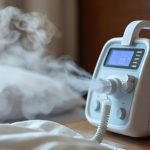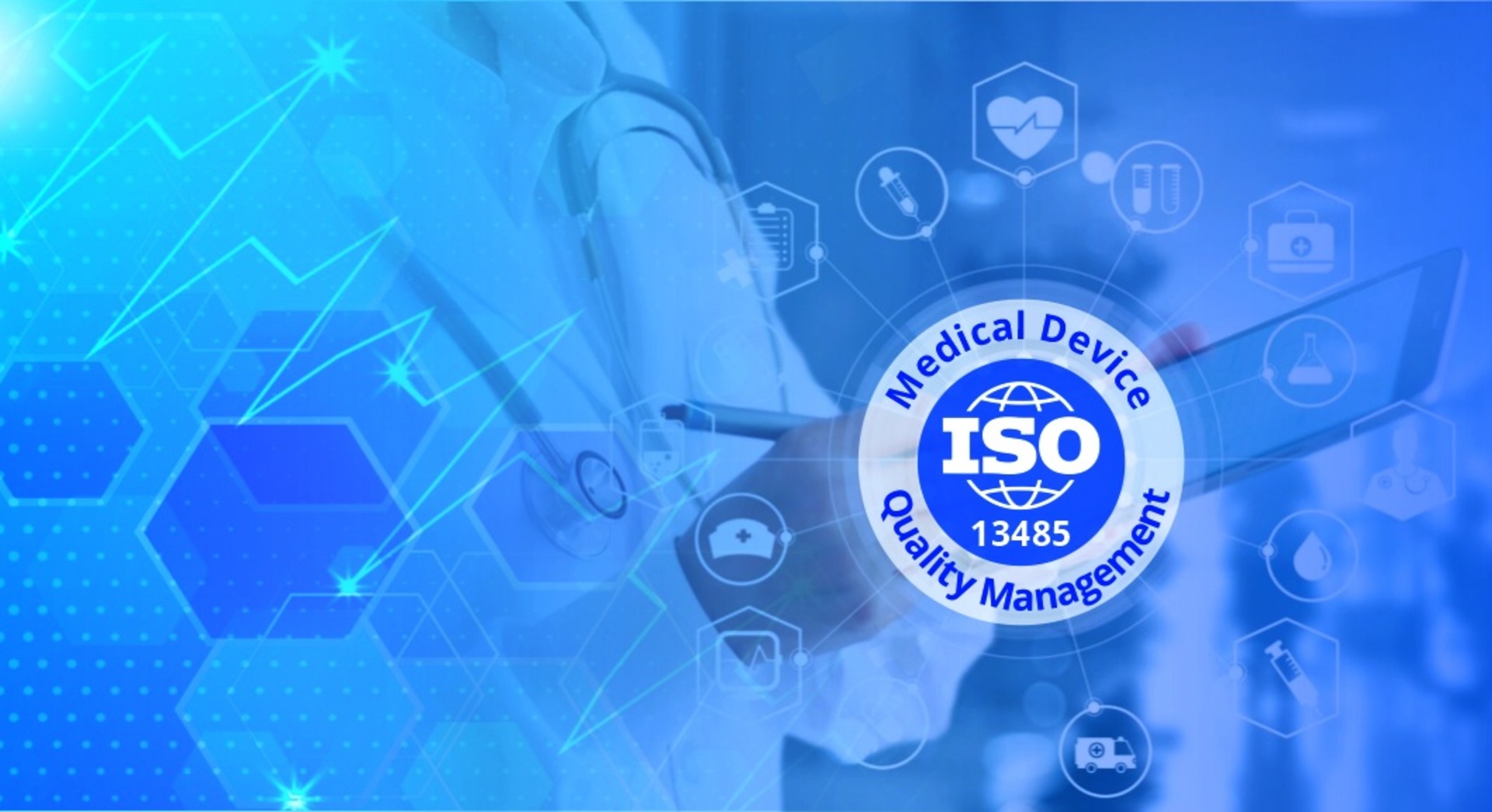
Reimaging CPAP Humidification: Why Traditional Methods Are Obsolete
October 22, 2025
Accelerate CE Marking: Key RoHS & REACH Compliance Insights
October 22, 2025
Reimaging CPAP Humidification: Why Traditional Methods Are Obsolete
October 22, 2025
Accelerate CE Marking: Key RoHS & REACH Compliance Insights
October 22, 2025
Mastering ISO 13485: A Must-Know Guide for Medical Device Manufacturers
In the complex and highly regulated world of medical devices, quality and safety are not negotiable. For companies developing medical technologies, achieving and maintaining ISO 13485 certification is not just about meeting a regulatory requirement—it's about embedding robust, repeatable processes that support the development of safe, effective, and globally marketable devices.
What is ISO 13485?
ISO 13485:2016 is an internationally recognized standard for quality management systems (QMS) specific to the medical device industry. It outlines the requirements for design, development, production, installation, and servicing of medical devices and related services.
Unlike general quality standards like ISO 9001, ISO 13485 is tightly aligned with regulatory compliance, covering risk management, traceability, documentation, and post-market requirements.
Drive Excellence in Product development with ISO 13485
The standard mandates a defined and controlled product lifecycle, from concept through Commercialization with following Design processes:
- Design planning
- Design inputs and outputs
- Design verification and validation (V&V)
- Design reviews and changes
- Design history file (DHF) documentation
These structured steps ensure that safety, performance, and regulatory needs are built into the device from the earliest phases, helping to avoid costly errors and recalls later.
ISO 13485 emphasizes risk management throughout the product lifecycle.
Following standards like ISO 14971, manufacturers must:
- Identify hazards
- Evaluate and mitigate risks
- Monitor risk controls post-market
This is especially vital for high-risk devices or those entering multiple global markets.
ISO 13485 requires robust documentation, traceability of materials and design decisions, and process validation—especially for software, sterilization, or automated manufacturing.
Post Market Surveillance
ISO 13485 doesn’t stop at product launch. It reinforces the need for post-market surveillance (PMS)—a concept heavily emphasized by regulatory agencies like the FDA and EU-MDR.
Post-Market Surveillance Activities Include:
- Customer complaints tracking and analysis
- Field service data collection
- Adverse event monitoring (e.g., via FDA MAUDE)
- Periodic safety update reports (PSUR)
- CAPA (Corrective and Preventive Action) processes
According to the FDA’s guidance on post-market surveillance (21 CFR Part 822), companies must:
- Monitor product safety and performance over time
- Identify and evaluate unanticipated risks
- Take actions such as recalls, software updates, or labeling revisions as needed
"Post-market surveillance is a cornerstone of the FDA’s mission to ensure medical devices continue to be safe and effective after they reach the market."
— FDA Guidance on Post-Market Surveillance of Medical Devices
Global Advantage of ISO 13485
ISO 13485 is recognized by:
- FDA (USA) as part of the Medical Device Single Audit Program (MDSAP)
- EU regulators under MDR as a foundation for QMS compliance
- India regulators under I-MDR for QMS compliance
- Health Canada, TGA (Australia), ANVISA (Brazil), and others.
This makes ISO 13485 the necessary gateway to global market entry.
Conclusion
Beyond certification: Complying with ISO 13485 is not just about passing audits—it’s
about building a culture of quality.
When the processes are aligned with the standard:
- Design decisions are traceable
- Risk is controlled and monitored
- Customer feedback drives continuous improvement
- Devices are safer, and patients are better protected
In today’s high-stakes, high-accountability Medtech world, ISO 13485 isn’t optional—it’s essential.